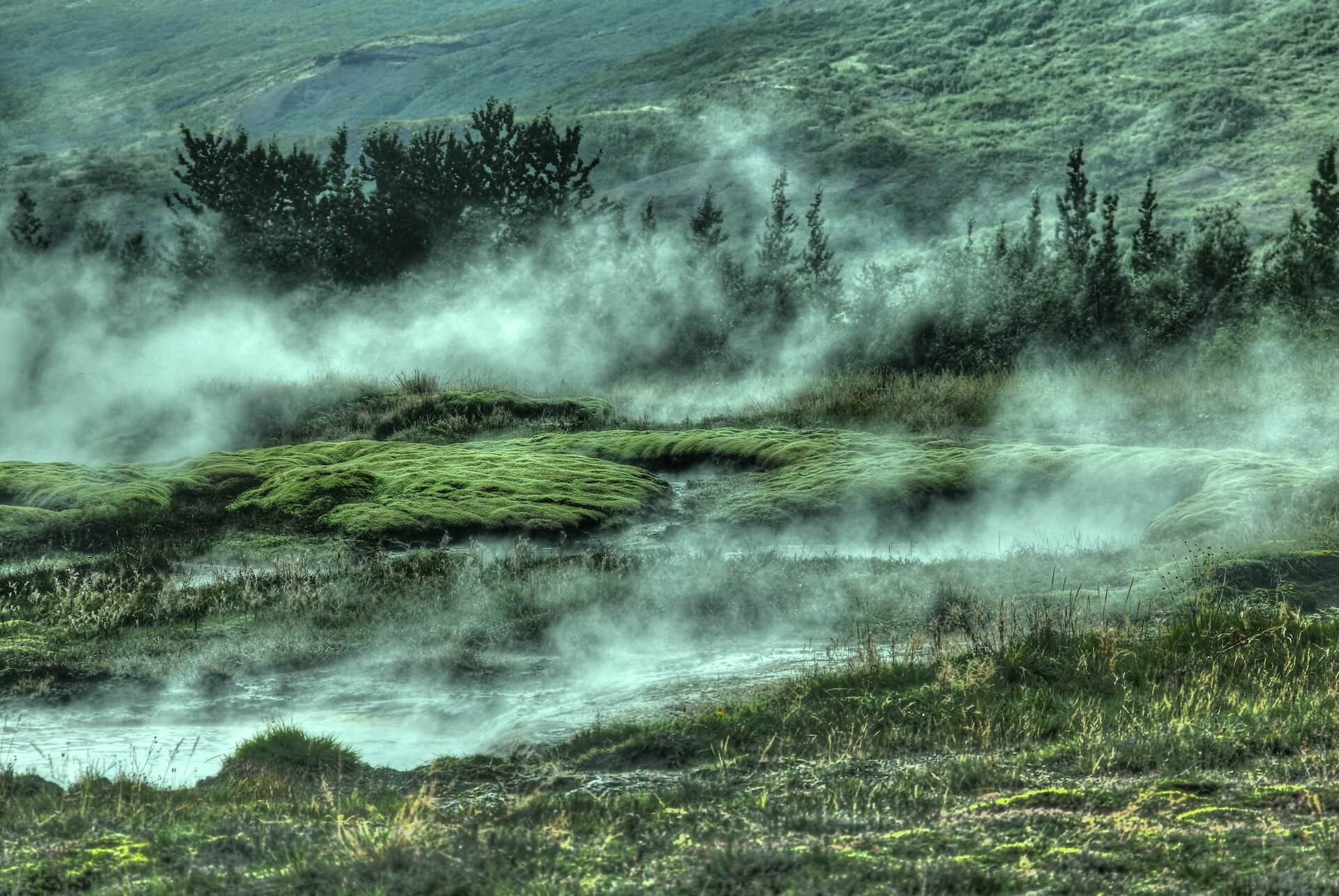Benefits of renting a car in Iceland
- No other mode of transportation allows the convenience and freedom that your rental car provides. In a rental car, you get the freedom to travel wherever you want in Iceland. You get more control of your own vacation without being tied down to some strict public transportation schedules.
-
Public transport is the cheapest way to get around most places in Iceland, but in terms of price/convenience ratio and sense of freedom, hiring a car is an incredible bargain. Plus, if you plan on using a lot of taxis while moving around on vacation, renting a car in Iceland may be cheaper.
-
Your rent-to-own vehicle offers a level of convenience that most public transportation alternatives don't provide. You can stretch out as much as you want, adjust the air conditioning and radio to your needs, and have easy access to your belongings.
Mohlo by vás zaujímať
Why rent a car in Iceland?
What do I need to rent a car from a car rental company?
What age is required to rent a car from a car rental company?
Can I rent a car for someone else?
Are all charges included in the price of renting a car from a car rental company?
What rental car insurance do I need in Iceland?
What type of car rent in Iceland?
What are the speed limits in Iceland?
How much does fuel cost in Iceland?
A few days away from the daily grind, unspoiled nature, a rucksack on your back and breathtaking views all around you. If you long for an offline holiday where all you need is a good pair of boots, a smile on your face and the courage to prevail, read on. Because a holiday does not necessarily mean lounging about on a beach in an upmarket resort, drinking margaritas. The following 10 places will give you a welcome break to your routine, an opportunity to clear your head, throw away your troubles and experience something out of this world!
Places you should visit in Iceland by rental car
If you're planning to travel around the Iceland in a rental car, you probably won't miss the Golden Circle, or the three main attractions that 90% of tourists visit in this magical island.
The first stop should definitely be Pingvellir National Park. This is the place where the oldest parliament in Europe was once established and also a unique place where the tectonic plates of North America and Europe rub against each other.
Iceland is best known for its thermal springs, waterfalls and geysers. The first known European geyser is the Geysir (or Great Geyser), which gave its name to the other geysers of the world. It is situated at the foot of Mount Laugarfjall in the southwestern part of Iceland. Not far from it is probably the most famous of all geysers in Iceland - Strokkur Geyser. The geyser, whose name means "watering can" in Icelandic, is located in the geothermal area of southwest Iceland. Strokkur is one of Iceland's most popular geysers for tourists, as it erupts regularly almost every 10 minutes and gushes up to a height of around 20 meters, so you should definitely not miss it when visiting Iceland. The good news is that you can easily get here by rental car.

Gulfoss Falls is just a short walk from Strokkur and is the final piece of the puzzle known as the Golden Circle. Free parking and priceless views. Gulfoss is one of the most famous waterfalls in Iceland. Located on the Hvítá River, it flows through a 2 km long canyon and the waterfall itself is a double cascade where the flow of the river gradually drops from heights of 10 and 20 metres. If you're lucky with the weather and the sun comes out, you'll see an incredible rainbow.